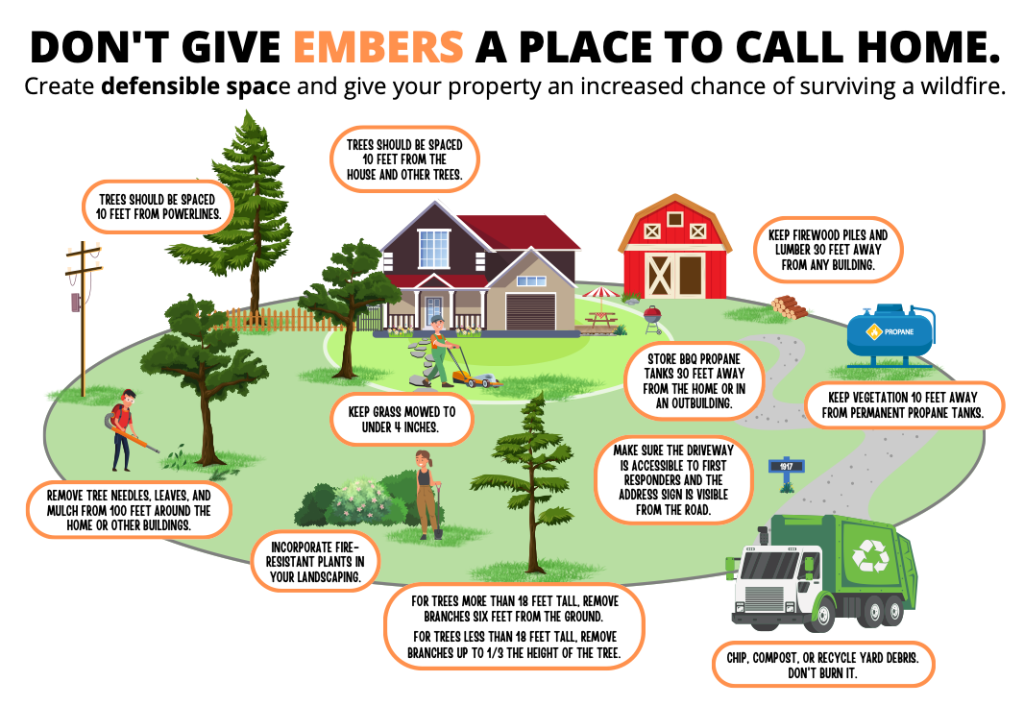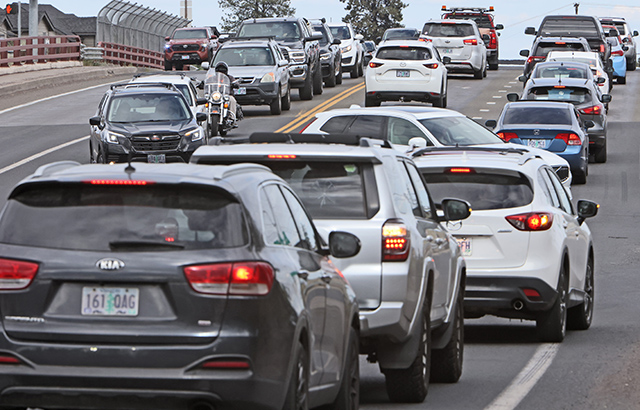Editorial: State rules for defensible space are coming and seem based on common sense
Published 5:00 am Friday, February 21, 2025

- Burning embers
Embers from a wildfire can travel for miles on the wind, land in some lovely, landscaped bark dust or a grand shade tree near a home and start a fire.
A wall of wildfire flame is bad. Very bad. But the key way wildfire spreads is burning embers carried on the wind. They can come down like a shower. It just takes one.
Trending
And yet, Oregon has no state requirement for defensible space even in areas with homes that may be more at risk of wildfire.
The Oregon Legislature directed the state Fire Marshal to establish a state code for defensible space in Senate Bill 762 in 2021. The “requirements shall apply statewide for all lands in the wildland-urban interface that are designated as extreme or high risk, as identified on the map” and there may be additional local requirements, the bill said. There could be fines.
The state of Oregon still does not have a code requiring a defensible space around homes.
The state Fire Marshal has prepared a draft code, but as you surely know, there have been delays and concerns in developing the state wildfire hazard map. And the map continues to be challenged.
The draft code, if it becomes the final code, may raise concerns, too. It is based on sensible principles. It is along the lines of what many people already do. It will cost money and time to comply.
It is for all structures and other human developments in the wildland urban interface with a hazard rating of high on the state wildfire map. The requirements get technical. In some cases, trees must be spaced out certain distances from other trees and homes, about 10 feet. Tree limbs that are less than 6 feet off the ground must be removed, in some cases. Needles and other dead vegetative material must be regularly removed from roofs. Ground cover such as grass would be allowed close to homes, but only if they do not form a means of transmitting fire “from the native growth to any structure or human development.”
Trending
The bottom line is this proposed code language would mean many people would need to modify their landscaping. Local governments may have stricter requirements.
There is nothing in the draft code about fines or penalties. There is also no identified method of certifying compliance. Those discussions will come later, Kassie Keller, public affairs director for the Oregon State Fire Marshal, told us.
You can get started now on your own property. You can get a free assessment. There are some simple guides at tinyurl.com/ORfiredefense and some people will be eligible to get a $250 payment for work done.
Oregonians already knew what wildfire could do before the fires that destroyed so many homes in Los Angeles. This spring we all need to do what we can around where we live to reduce the danger.








